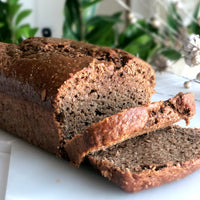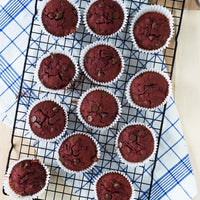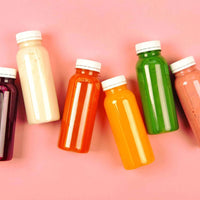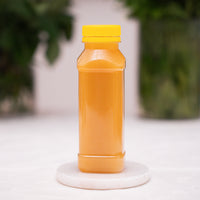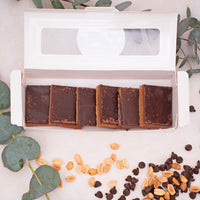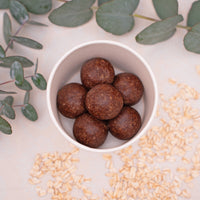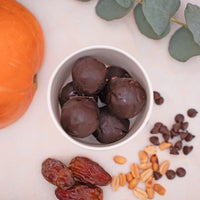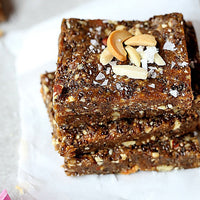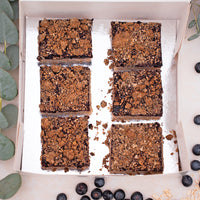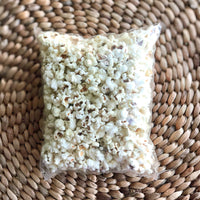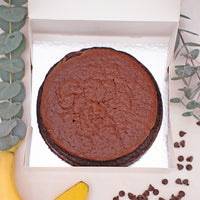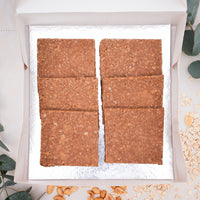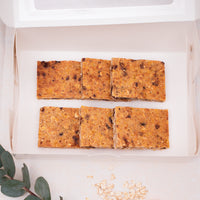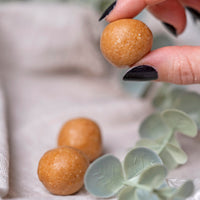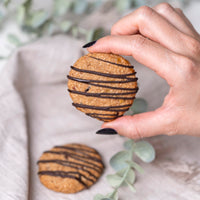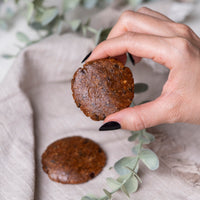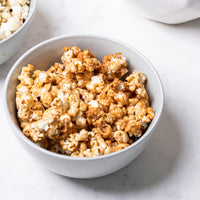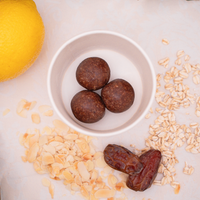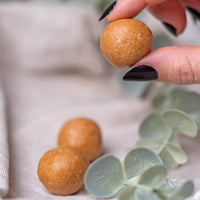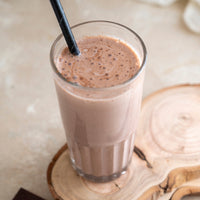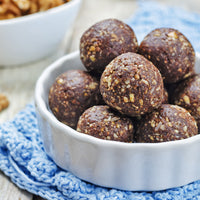
It’s that time of year when many parents start thinking about sending their kids back to school and how to keep them healthy. Finding time to shop and prepare nutritious meals that your child will actually eat for lunch can be challenging for even the most organized parents. But the foods you send to school contribute up to a third of your child’s daily food intake. So it’s important to pack a balanced meal to ensure that your kid’s lunch box provides much needed nutrients, vitamins and minerals for energy and growth.
Follow the core four rules to pack a nutritious lunchbox
-
Main lunch meal
-
Nutritious snack
-
Piece of fresh fruit (seasonal)
-
Drink
-
1 Extra snack for active kids
We recommend planning each lunch box based on the five food groups and making sure they are all included as part of a varied and balanced meal:
-
Cereals and grains:
The first thing that you should be considering is a good source of carbohydrate for energy. Choose whole grain and high fiber varieties of breads, cereals, rice, pasta, noodles, and crackers that are likely to keep your child fuller for longer and help maintain their concentration and attention throughout school time. Refined grain products (such as ready to eat bars, cakes, biscuits, and pastries) can be high in added sugar, fat and sodium, so better to avoid them.
-
Protein foods:
Add to your child’s lunch box a source of protein which is responsible for the muscle and tissue build up, maintenance and repair. As a good source of iron, they also affect learning, memory, and attention. Lean ham, turkey, chicken, canned tuna, salmon, eggs, tofu, beans or lentils, are good options to fill a sandwich or a salad as a main meal.
-
Dairy:
The foods in this group are the best sources of calcium, which is important for strong and healthy bones. Make sure to include at least one in the lunchbox like yoghurt, flavored milk, or milk pudding. For non-dairy alternatives, there are plenty of products fortified with calcium and other important vitamins such as almond milk, soy milk, oat milk among many others.
-
Vegetables:
Offer at every meal and snacks, a variety of colorful veggies as a combination of raw and cooked. They provide vitamins, minerals, dietary fiber and phytonutrients (nutrients naturally present in plants) to keep your child fuller for longer and to maintain his/her overall health. You can add to a sandwich some lettuce, cucumber circles, capsicum, celery, or grated carrots as good veggie options that will not make it too soggy.
-
Fruits:
Offer a variety of colorful fruits which provides vitamins, minerals, dietary fiber and antioxidants that boost the immune system and help the body stay healthy. Fruits can be offered as an assortment of fresh slices with a yoghurt dip or dried fruits.
-
Drink:
Water should always be the preferred drink. Always include in the lunch box a water bottle that can be frozen the night before for hot summer days. Fruit juices and flavored milk contain sugar and should not be consumed on a daily basis. You can add an additional low-fat milk of no more than 300ml or a fresh fruit juice drink of 150ml once or twice a week.
-
Extra Snack:
Every child is different and depending on their activity level or rate of growth, they may need an additional nutrient-rich snack. Choose the extra snack from the five food groups such as crackers with cheese, veggie sticks with labneh or hummus dip or yoghurt topped with fresh fruit for example.
Not including a “fun” snack in your child’s lunch box runs the risk of them exchanging their “nutritious” snack for more appealing packaged options. A more realistic approach is to occasionally replace the extra snack by a “fun” food such as snack bars, sweet cookies and cakes, flavored or coated popcorn, savory biscuits or chips (preferably homemade with wholesome ingredients).
To make sure that your hard work will not go to waste and your child will eat the food, make sure to involve your kids in the planning and packing by making it fun!

